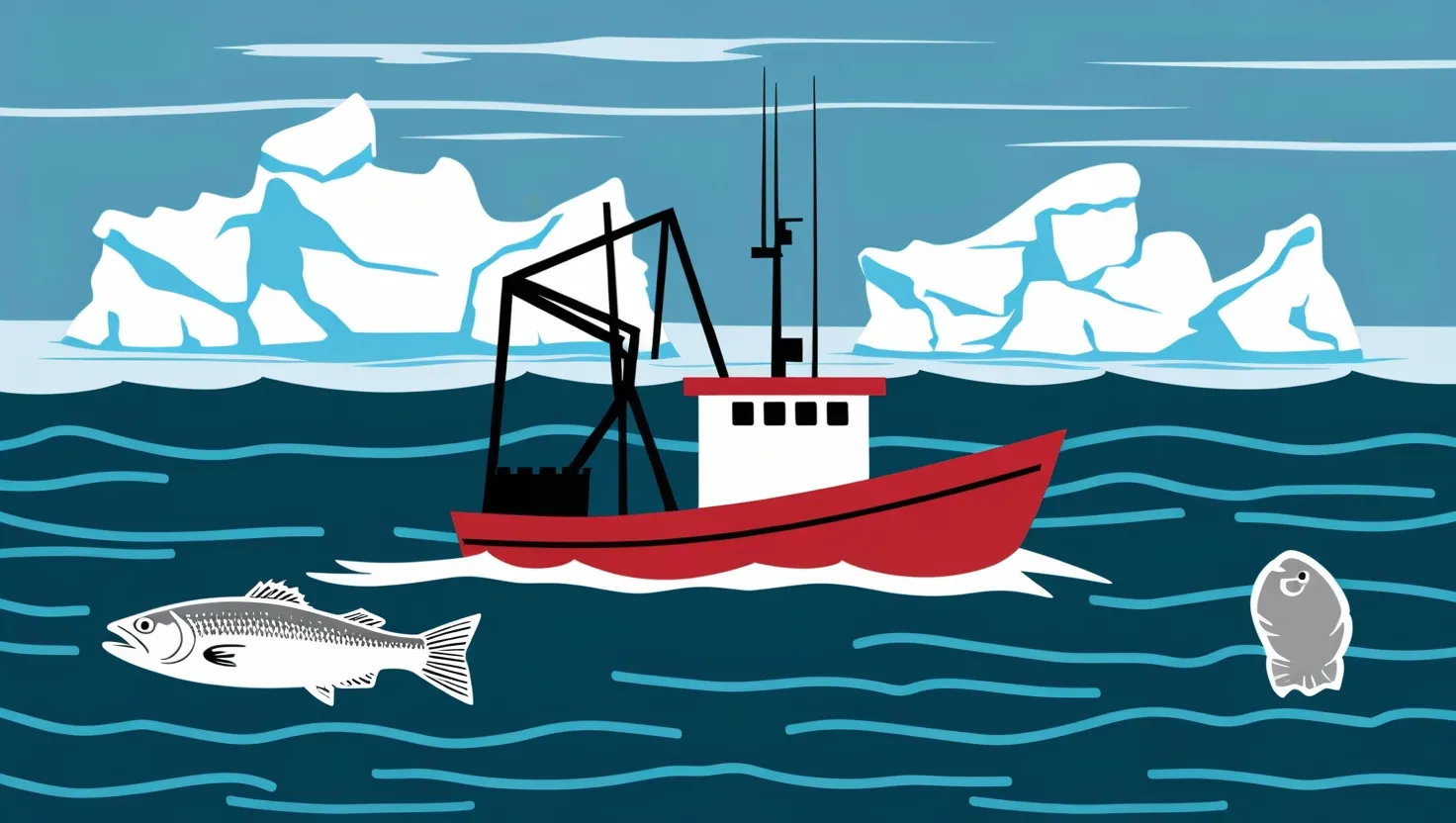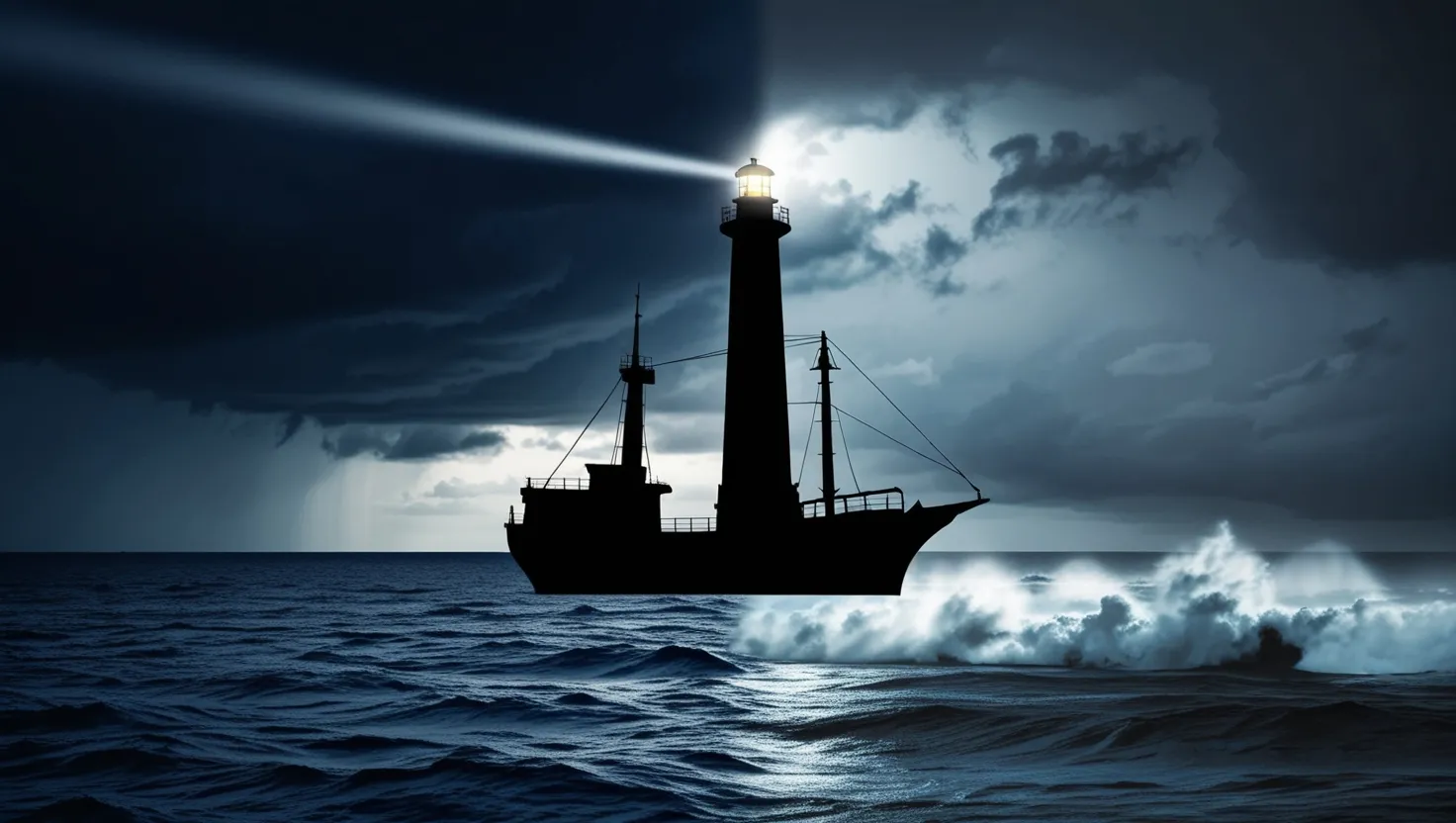In the icy waters of the North Atlantic, a series of bitter disputes unfolded between Iceland and the United Kingdom, known as the Cod Wars. These conflicts, spanning from the 1950s to the 1970s, were more than just a skirmish over fishing rights; they shaped international maritime law, impacted global fish populations, and highlighted the complexities of geopolitical leverage.
The roots of the Cod Wars lie in the post-World War II era, when Iceland’s fisheries became a critical resource for both the Icelandic economy and the British fishing industry. The British had been fishing in Icelandic waters for centuries, and by the mid-20th century, these waters were crucial for the British trawling fleet. However, the Icelandic government grew increasingly concerned about the depletion of cod stocks due to overfishing by British trawlers.
The first sparks of the Cod Wars flew in 1958 when Iceland unilaterally extended its territorial waters from 4 to 12 nautical miles. This move was a direct response to the declining cod stocks and the fear that if British and other European nations continued their large-scale fishing operations, the cod population would collapse. The British government, backed by a powerful fishing lobby, was incensed by this decision. They argued that British trawlers had historical rights to fish in these waters and that Iceland’s new limits were a violation of international law.
The standoff was intense. British trawlers continued to fish within the new 12-mile limit, prompting the Icelandic Coast Guard to take action. With only seven small ships and a single flying boat, the Icelandic Coast Guard faced off against the mighty Royal Navy. The British government deployed warships to protect their trawlers, leading to a series of confrontations that included ramming incidents and the use of wire cutters to sever trawler nets.
One of the lesser-known aspects of these conflicts is the significant leverage Iceland held due to its strategic location. Situated midway between Greenland and the UK, Iceland was a crucial point for NATO’s defense strategy, particularly during the Cold War. The country’s willingness to host US military bases and its role in monitoring Soviet submarine activity through the GIUK gap (the area between Greenland, Iceland, and the UK) made it a vital ally. This geopolitical importance gave Iceland the upper hand in negotiations, as the UK and NATO could not afford to lose Iceland’s cooperation.
The first Cod War ended in 1961 with a settlement that allowed British trawlers to continue fishing in certain areas within the 12-mile limit for three years. However, this was only a temporary reprieve. By the early 1970s, Icelandic fisheries scientists warned that cod stocks were still declining, and a further extension of the territorial waters was necessary. In September 1972, Iceland extended its exclusive economic zone (EEZ) to 50 miles, sparking the Second Cod War.
This second conflict was more intense and violent than the first. Icelandic coast guard vessels fired at British trawlers, and Royal Navy warships clashed with Icelandic patrol boats. The use of net cutters by the Icelandic Coast Guard became a common tactic to deter British trawlers. The British government, under pressure from NATO and the US, eventually agreed to recognize the new 50-mile zone, but only after a deal was struck allowing British trawlers limited fishing rights within the zone.
The Third and final Cod War began in 1975 when Iceland extended its EEZ to 200 miles. This move was part of a broader global trend towards larger EEZs, but it was also a bold assertion of Icelandic sovereignty. The British government, once again, refused to recognize the new zone, leading to another round of confrontations. However, the stakes were higher this time; Iceland threatened to withdraw from NATO and expel US military forces if its demands were not met.
The international community played a significant role in resolving these disputes. The United Nations Conference on the Law of the Sea (UNCLOS) provided a framework that eventually legitimized Iceland’s claims. The US government, in particular, pressured the UK to accept Iceland’s new EEZs, given the strategic importance of Iceland in the Cold War.
The Cod Wars had far-reaching consequences. They contributed significantly to the development of international maritime law, particularly the concept of exclusive economic zones. The UNCLOS III conference, which took place from 1973 to 1982, was influenced by the Cod Wars and resulted in the establishment of 200-mile EEZs as a standard under international law.
On a global scale, the Cod Wars highlighted the importance of sustainable fishing practices. The depletion of cod stocks in Icelandic waters served as a warning about the dangers of overfishing. Today, many countries have implemented similar measures to protect their marine resources, reflecting a broader shift towards environmental conservation and sustainable resource management.
In personal terms, the Cod Wars were a defining moment for Icelanders. The fierce determination to protect their fisheries was not just about economic survival but also about national pride and sovereignty. For the British fishermen, the loss of access to Icelandic waters was a significant blow, both economically and culturally. The conflicts left deep scars but also forged a new era of cooperation and respect for maritime boundaries.
As we look back on the Cod Wars, it is clear that these were not just petty squabbles over fishing rights but pivotal moments in the history of international relations, maritime law, and environmental conservation. They remind us that even the smallest nations can assert their rights and protect their resources when faced with powerful adversaries, and that the health of our oceans is a global concern that requires collective action and cooperation.






